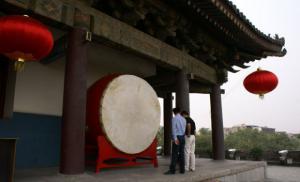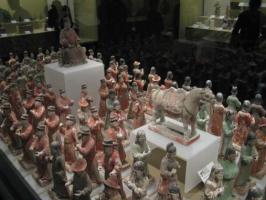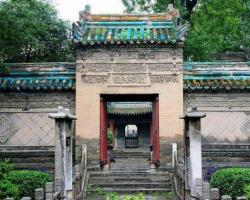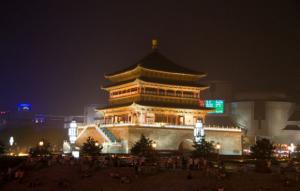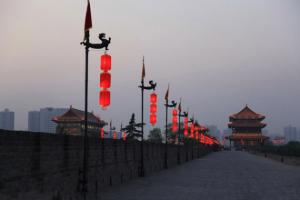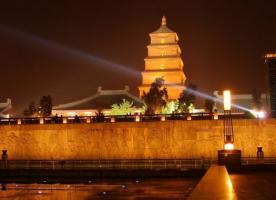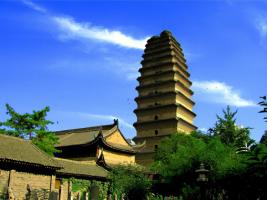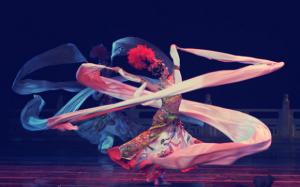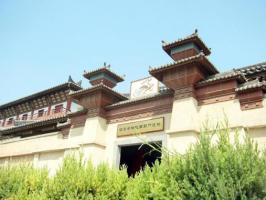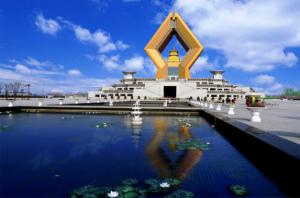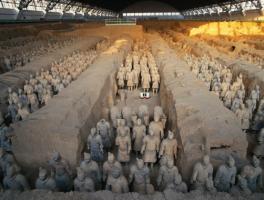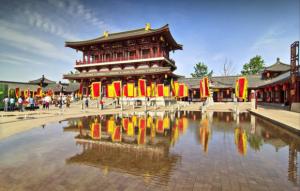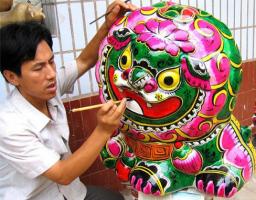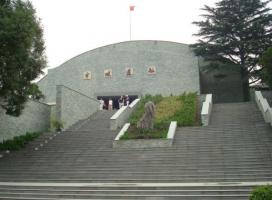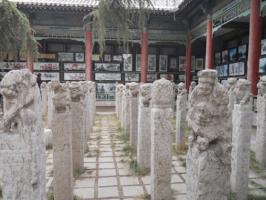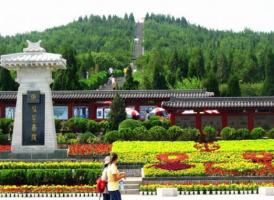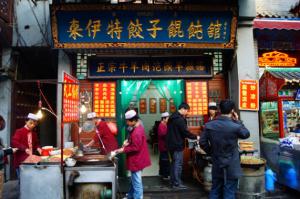Xian Attractions
Famous for Qinshihuang Emperor Terracotta Army, Xian is the east startingpoint of the Silk Road. The ancient city has been the capital of 13 important dynasties in Chinese history.
Ancient Bell Tower
Xian’s Ancient Bell Tower was the ancient city’s time-keeper. Built in 1384, during the Ming Dynasty (1368-1644), the tower is the largest and best preserved bell tower left in China.
Shaanxi Provincial Museum
Xian was the capital for 13 Chinese dynasties for over 1,100 years, making it an incredible place for history lovers. The Shaanxi Provincial Museum showcases this history.
The Great Mosque
The Great Mosque occupies an area of over 12,000 square meters and has four courtyards which are landscaped with gardens. The first courtyard is home to a nine meter high wooden arch that dates back to the 17th century.
Ancient Drum Tower
Xian’s Ancient Drum Tower is located near the Ancient Bell Tower in the center of Xian. Built in 1380, during the Ming Dynasty (1368-1644), the drum tower’s huge drums were beat at sunset to tell the population of the end of the day and during emergencies.
Ancient City Wall
Xian’s Ancient City Wall is the most complete ancient city wall in China and is one of the largest ancient defensive works in the world. Originally built in the Tang Dynasty (618-907), the wall was added onto and rebuilt in the Ming Dynasty (1368-1644) and it is this remodel which is visible today.
Big Wild Goose Pagoda
Located 4 kilometers south of Xian City, the Big Wild Goose Pagoda is one of Xian’s most visited sights, along with the Terracotta Warriors.(Link) The pagoda is located in the Da Ci’en Temple complex.
Small Wild Goose Pagoda
Located south of the ancient city of Xian, the Small Wild Goose Pagoda scenic area is a wonderful site in Xian. The centerpiece of the area is the pagoda which was built in 707, during the Tang Dynasty (618-907). The scenic area is filled with gardens, ancient temple buildings, cultural relics and is also home to the Xian Museum.
Tang Dynasty Show
Xian’s Tang Dynasty Show and Jiaozi Banquet is a fantastic experience. The city of Xian was China’s capital for 13 dynasties and its glorious history can be seen throughout the city.
Han Yang Ling Museum
Emperor Jindi (188BC—141BC), named Liu Qi, was the fourth Emperor of the Western Han Dynasty. During his 17-year reign, he adhered to the philosophy of Yellow Emperor and Saint Laozi, whose main doctrine was to follow the natural principles.
Xi'an Famen Temple
Famen Temple, famous for the Sarira of the Sakyamuni Buddha, is located in Famen town, Fufeng County, 120 kilometers west of Xi'an City, 96 Kilometers west of Baoji City, Shaanxi province. Built in the later years of Eastern Han Dynasty with a history of 1700 years, it was widely regarded as the "ancestor of pagoda temples in Central Shaanxi (Guanzhong area).
Terra Cotta Warriors & Horses
Located on the east side (about 1.5 km) of the Chin Shi Huang's mausoleum (aka the Tomb of Qin Shihuang), the site is now the world famous Terracotta Warriors and Horse Museum, which collects about 8,000 life-size pottery warriors, 130 chariots with 520 horses and 150 cavalry horses.
Xi'an Tang Dynasty Show Paradise
Tang Paradise, the first imperial garden of the cultural theme park to expose the wonders of the Tang Dynasty in a comprehensive manner, is located in the original site of Tang Lotus Garden. Covering an area of 65acres, it is designed to the concept of experience history, human culture and life style....
Fengxiang Clay Figurines
Painted clay figurines in Fengxiang County, Shaanxi Province, China has a long history. All the farmers in the village are capable of making clay figurines, so they always make some clay toys and ornaments as gifts at the slack seasons of farming.
Banpo Neolithic Village
The ruins of this 6000 year-old village represents the earliest signs of human habitation around Xian. The village was discovered in 1953 and is situated on the eastern bank of the Chan River in a suburb of Xian. A large hall has been built over what was part of the residential area of the village.
Xi'an Stele Forest Museum
Stele Forest (aka Xi'an Beilin Museum or Xi'an Stele Forest Museum) is a museum for housing steles and stone sculptures in all ages. It was originally built in 1087 and rebuilt in 1944. Located in No.15 Sanxuejie Street, Xi'an, it is the biggest museum for steles of the country and extolled as the treasure trove of Chinese calligraphic art. Its name comes from its huge collection of steles, reminiscent of a forest.
Qin Shihuang Emperor Tomb
When Qin Shihuang, the first emperor of China ascended the throne of Qin, construction of his final resting place began immediately. But when the emperor had conquered on an unprecedented scale and continued for 36 of the 37 years of his reign. Today the tomb of the Emperor is the reason to come to Xian.
Xi'an Muslim Street
As the name suggests, Muslim Street is where Muslims have lived since the Han Dynasty more than 1,000 years ago. The area used to be a trade hub along the ancient Silk Road. Nowadays it still serves as a place where Muslims sell food and snacks.

